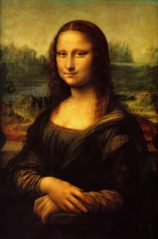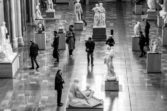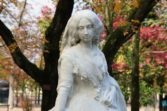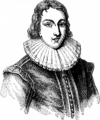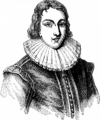Hans Christian Andersen: The Legendary Storyteller and His Timeless Legacy
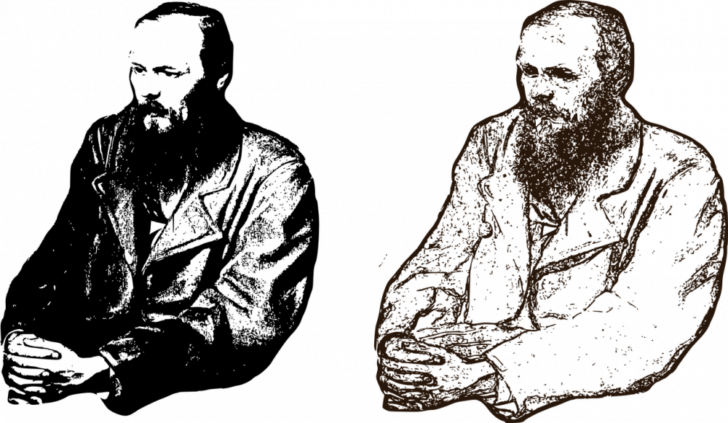
Introduction:
Hans Christian Andersen, born on April 2, 1805, in Odense, Denmark, is widely regarded as one of the most influential and beloved storytellers in the history of literature. His enchanting tales have captivated audiences of all ages for generations, transcending geographical and cultural boundaries. From “The Little Mermaid” to “The Ugly Duckling,” Andersen’s stories have left an indelible mark on the world of literature, inspiring countless adaptations in various art forms. In this article, we will delve into the life and literary journey of Hans Christian Andersen, shedding light on the historical context that shaped his work and exploring the enduring relevance of his tales.
A Historical Journey:
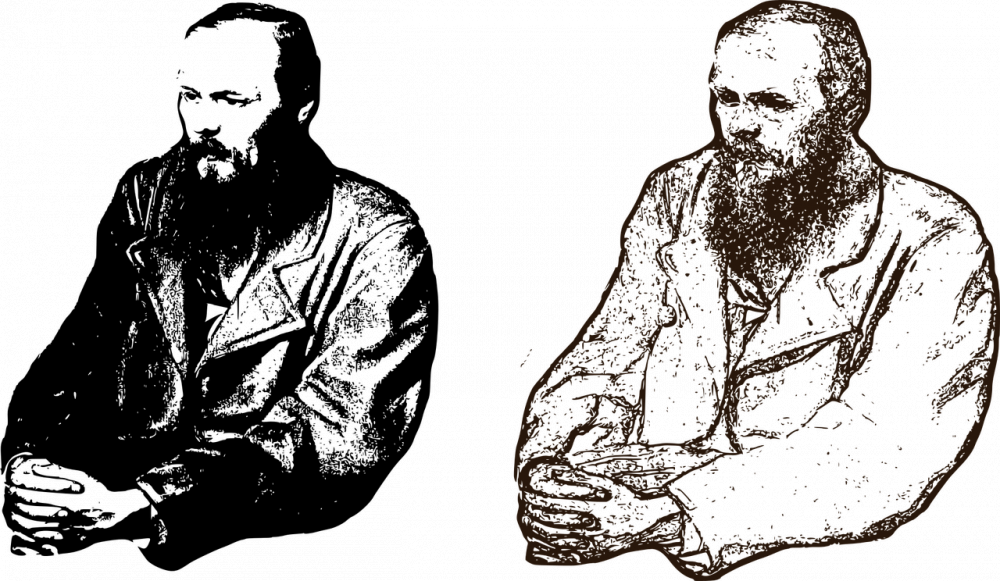
Hans Christian Andersen’s life and career unfolded against the backdrop of significant historical events and cultural developments. Born into humble circumstances, Andersen had a challenging childhood marked by poverty and personal struggles. However, his boundless imagination and remarkable talent for storytelling soon emerged as his defining traits.
In the early 19th century, Denmark was undergoing a transition from an agrarian society to an urbanized nation. As the Industrial Revolution swept across Europe, Denmark experienced its own socio-economic changes, paving the way for a burgeoning middle class. Andersen’s tales often drew upon the tensions between the old world and the emerging industrialized society. Through his stories, he explored themes of social justice, individualism, and the search for personal identity in a rapidly evolving world.
Andersen’s literary career began with his poems and travelogues, which gained recognition from prominent intellectuals and writers of the time. His talent for weaving narratives with rich imagery and heartfelt emotions soon caught the attention of the Danish royal family. With their support, Andersen published his first collection of fairy tales, “Fairy Tales Told for Children,” in 1835, the first of many timeless volumes that would follow.
The Evolution of Andersen’s Work:
Andersen’s fairy tales quickly gained popularity not only in Denmark but also throughout Europe and beyond. His stories attracted readers of all ages, transcending the boundaries between children’s literature and adult fiction. Andersen’s ability to imbue his tales with themes relevant to both children and adults ensured their universal appeal.
While his stories often featured fantastical elements and magical creatures, Andersen’s narratives were infused with profound emotions and moral lessons. His characters grappled with issues such as personal identity, societal expectations, and the pursuit of dreams. Through tales like “The Little Match Girl” and “The Steadfast Tin Soldier,” Andersen tackled themes of poverty, class inequality, and lost opportunities, giving voice to the vulnerable and marginalized in society.
Andersen’s legacy extended beyond his fairy tales. He also wrote plays, novels, and travelogues that showcased his versatility as a writer. His works demonstrated a deep understanding of the human psyche and a keen observation of the world around him. Andersen’s travelogues, in particular, revealed his insatiable curiosity and wanderlust, as he embarked on extensive journeys across Europe and the Middle East, bringing back vivid descriptions of foreign lands and cultures.
The Timelessness of Andersen’s Tales:
Almost two centuries after their creation, Hans Christian Andersen’s stories continue to resonate with readers worldwide. Their enduring popularity can be attributed to the universality of the themes explored within them. Whether it is the search for love and acceptance in “The Little Mermaid” or the journey of self-discovery in “The Snow Queen,” Andersen’s tales tap into fundamental aspects of the human experience.
Moreover, Andersen’s elaborate storytelling techniques, characterized by meticulous attention to detail and evocative language, lend his tales an immersive quality. Readers are transported to magical realms where whimsical creatures and ordinary individuals alike navigate the challenges of life, leaving them with lasting impressions and thought-provoking reflections.
– Video showcasing the enchanting world of Hans Christian Andersen’s fairy tales and their impact on literature and popular culture.]
Conclusion:
Hans Christian Andersen’s contributions to literature and his profound influence on subsequent generations cannot be overstated. His imaginative storytelling, enriched by his own experiences and observations, has left an indelible mark on the literary canon. Andersen’s ability to infuse his stories with timeless themes and emotions ensures their continued relevance in contemporary society.
As we delve into the enchanting world of Hans Christian Andersen’s tales, we are reminded of the power of storytelling to transcend time and connect us with our shared humanity. Through his crafted narratives, Andersen continues to ignite the imaginations of readers, young and old, and inspire generations of artists, writers, and dreamers. The legacy of Hans Christian Andersen lives on, reminding us of the enduring magic and beauty that lies within the power of words.
FAQ
What were the major themes explored in Hans Christian Andersens fairy tales?
What made Hans Christian Andersens fairy tales so popular and enduring?
What is Hans Christian Andersens legacy?
Flere Nyheder
Fotograf i Aalborg: Fanger livets smukkeste øjeblikke
Introduction: Hans Christian Andersen, born on April 2, 1805, in Odense, Denmark, is widely regarded as one of the most influential and beloved storytellers in the history of literature. His enchanting tales have captivated audiences of all ages for ...
27 november 2025
Hvordan fortælling i film adskiller sig fra andre medier
Introduction: Hans Christian Andersen, born on April 2, 1805, in Odense, Denmark, is widely regarded as one of the most influential and beloved storytellers in the history of literature. His enchanting tales have captivated audiences of all ages for ...
09 oktober 2025
De mest ikoniske kunstværker i verdenshistorien
Introduction: Hans Christian Andersen, born on April 2, 1805, in Odense, Denmark, is widely regarded as one of the most influential and beloved storytellers in the history of literature. His enchanting tales have captivated audiences of all ages for ...
09 oktober 2025


